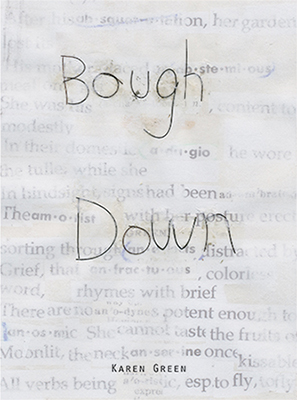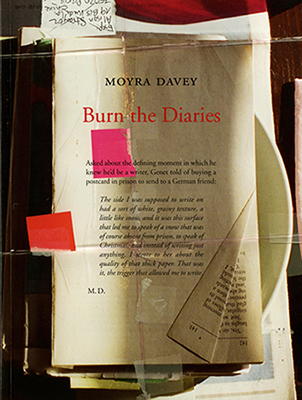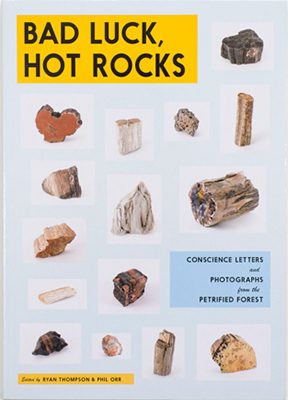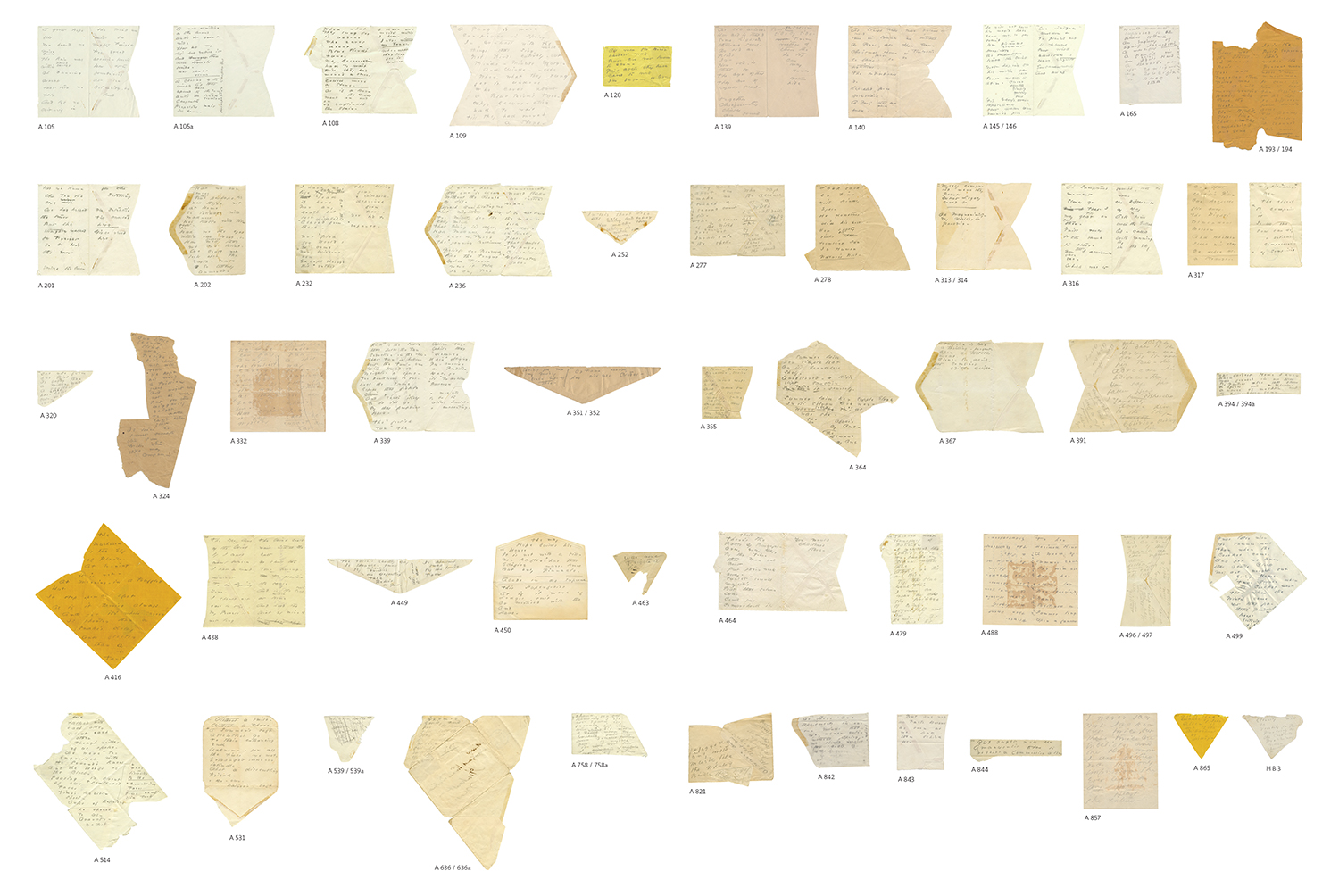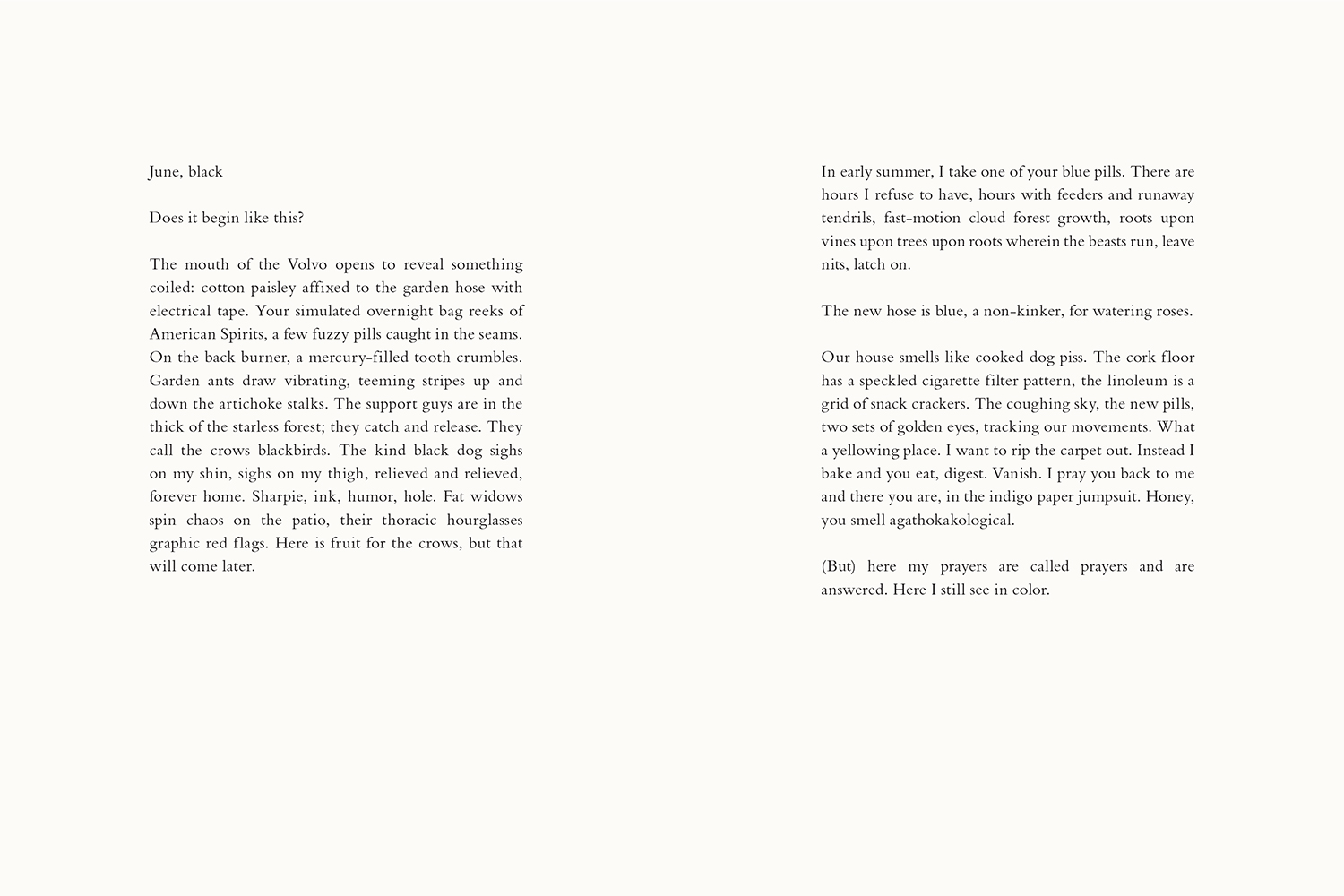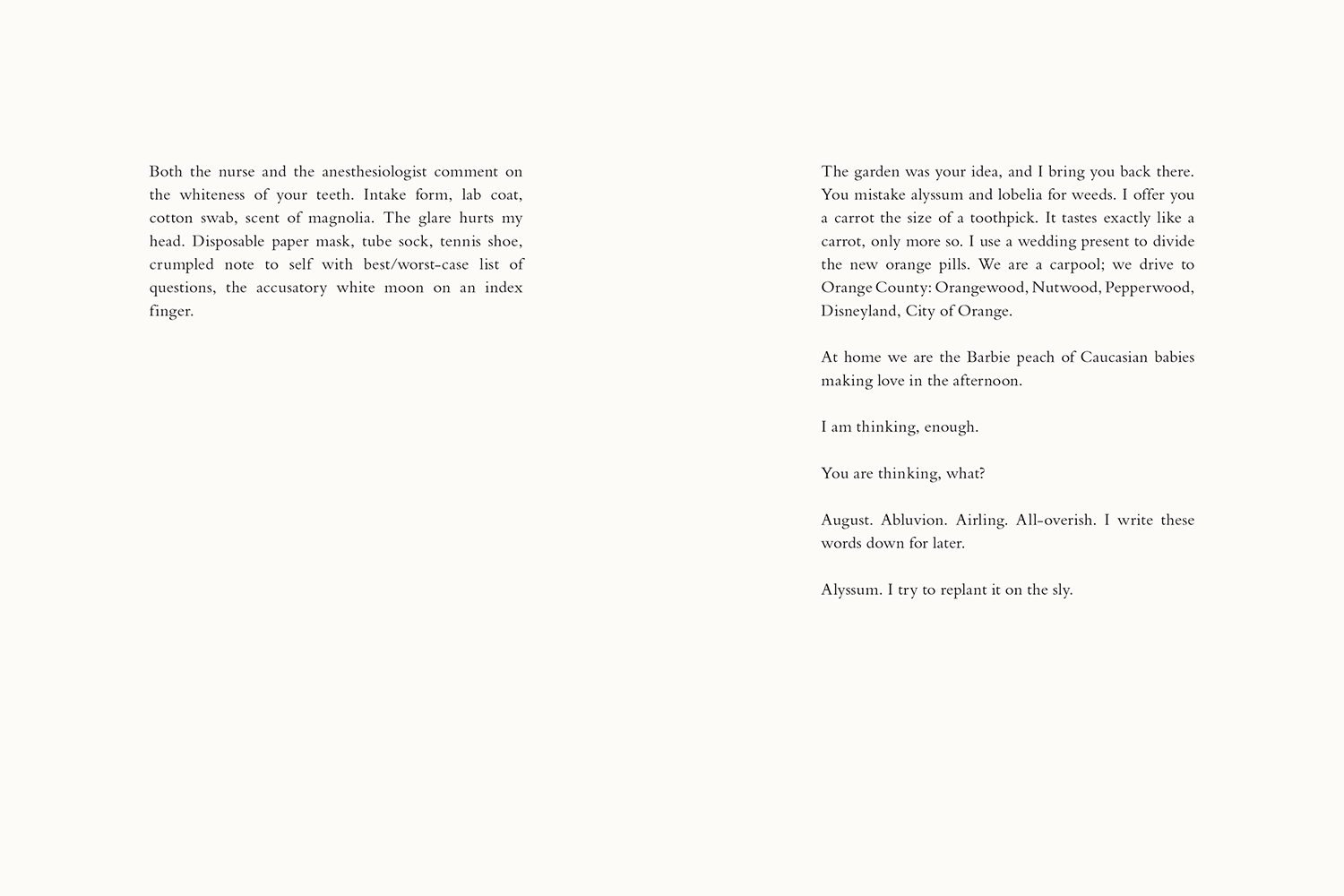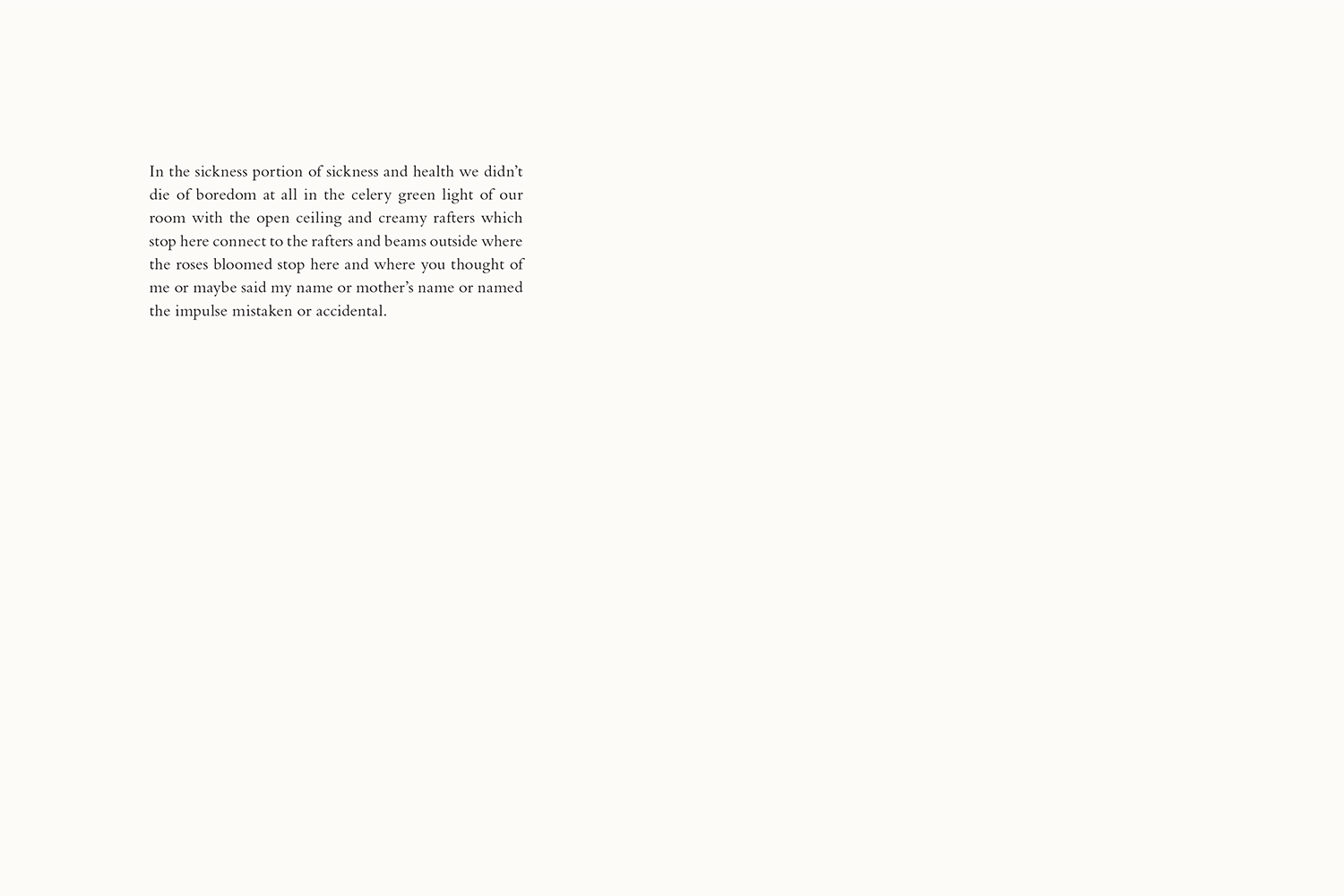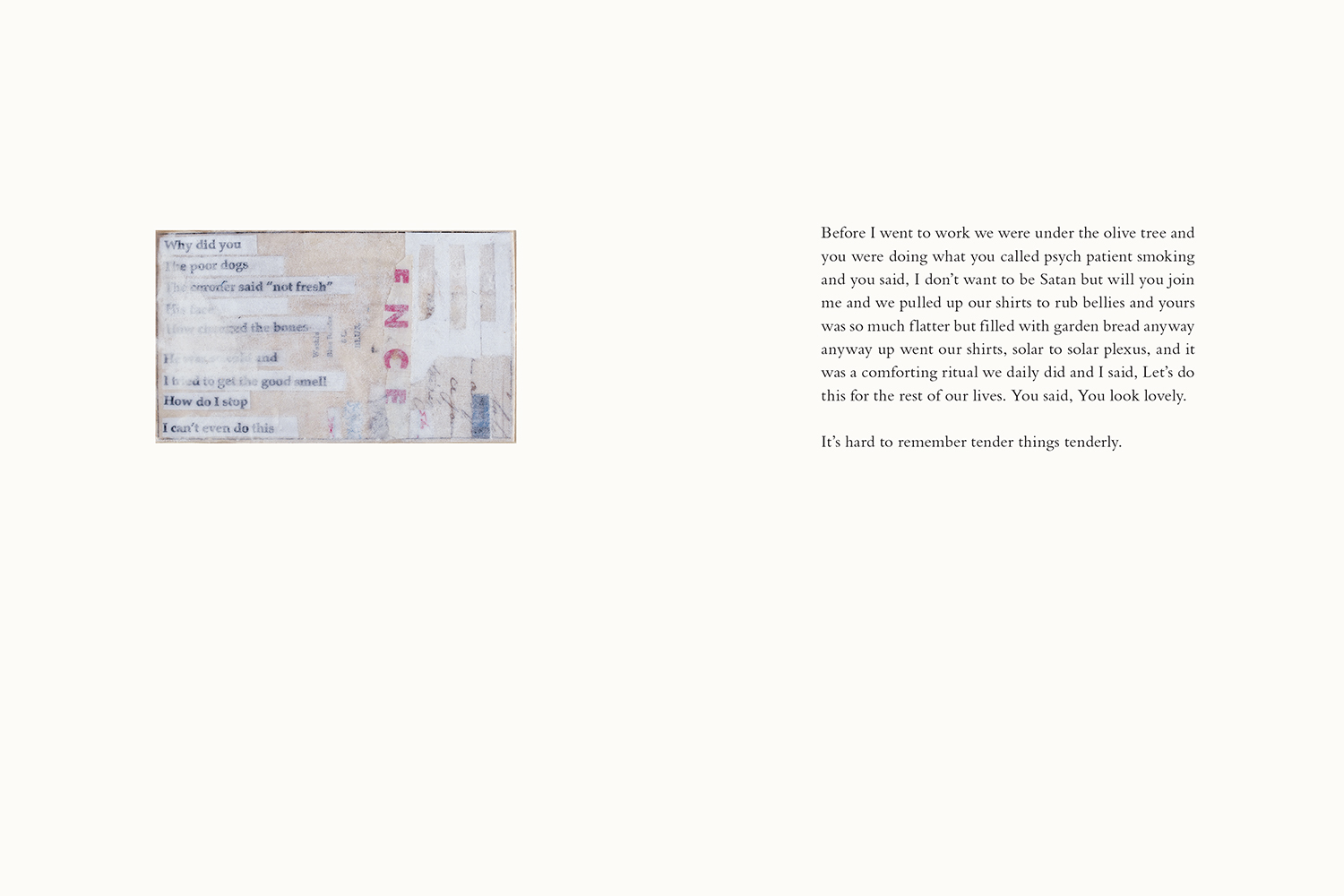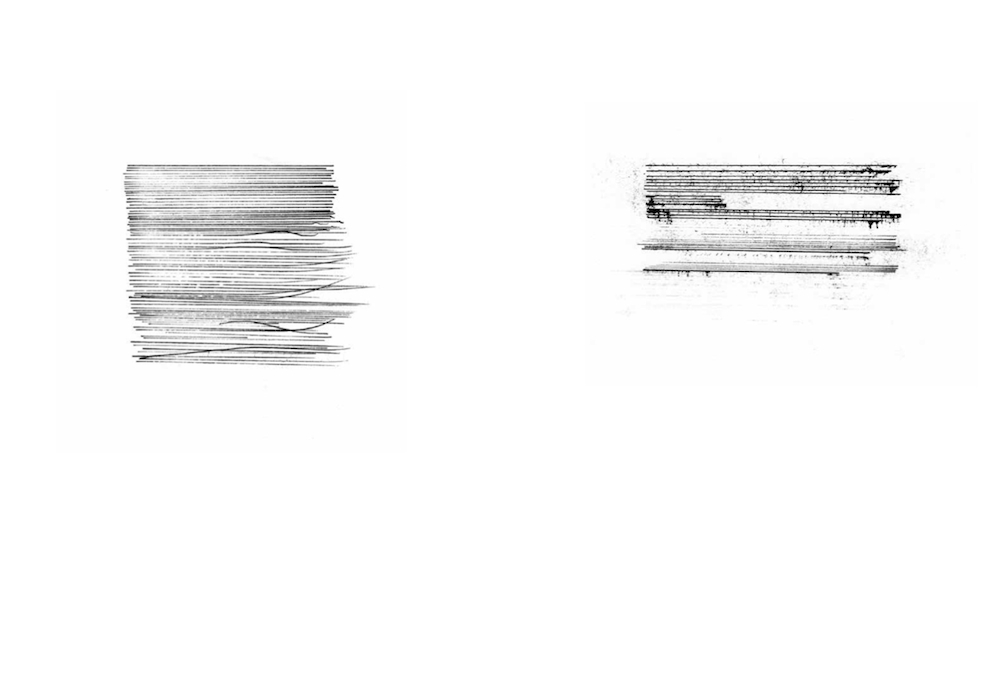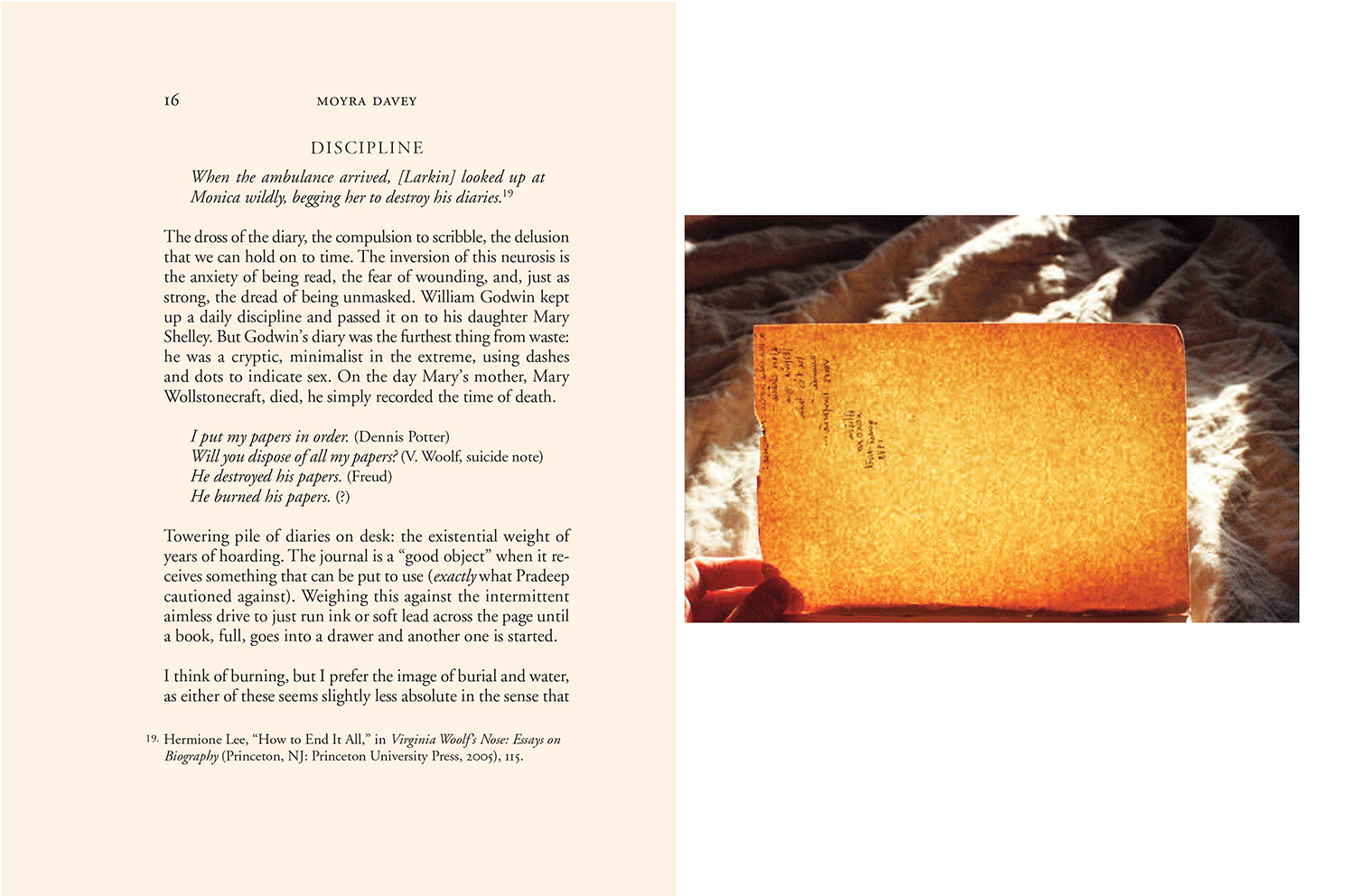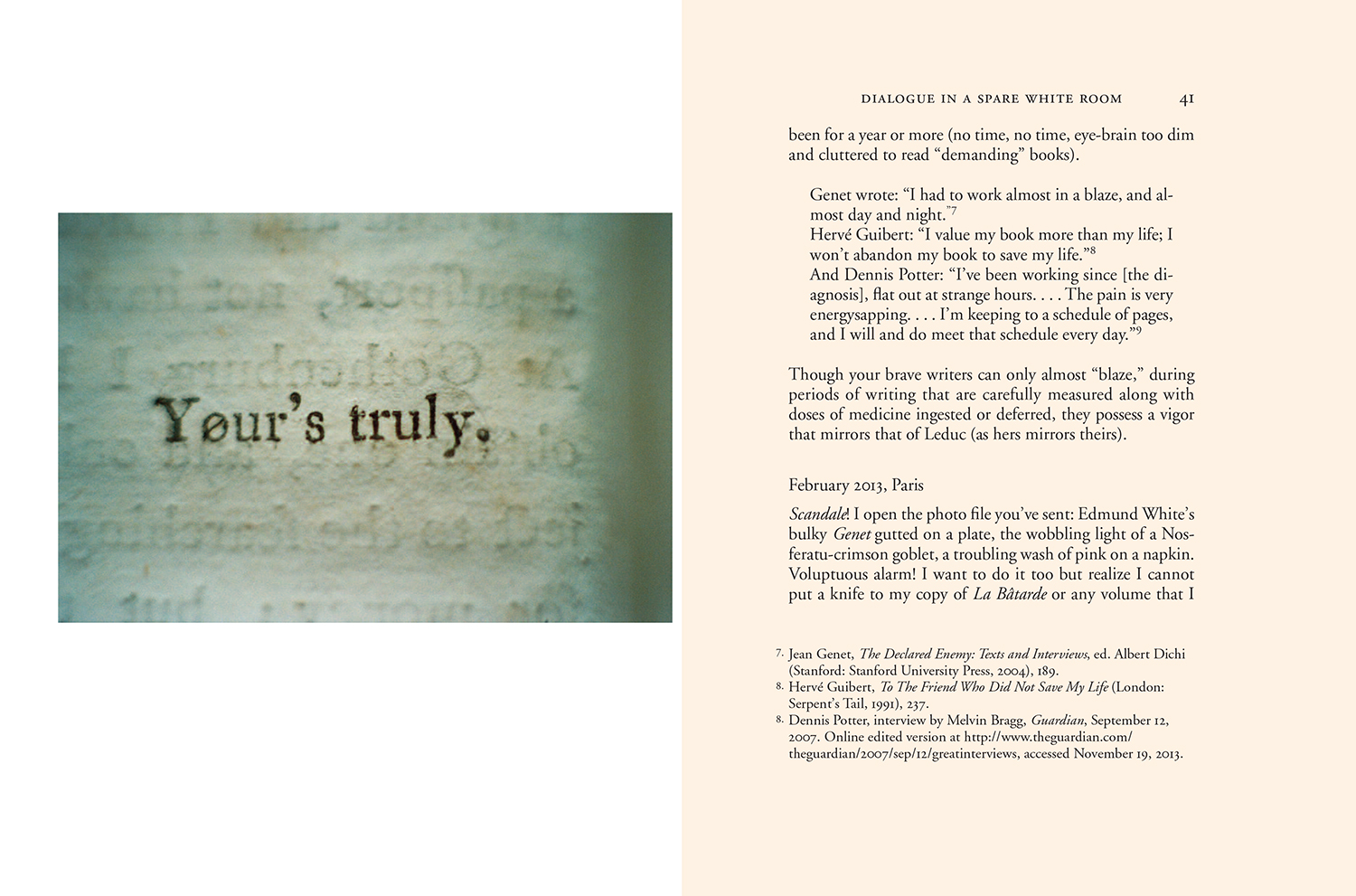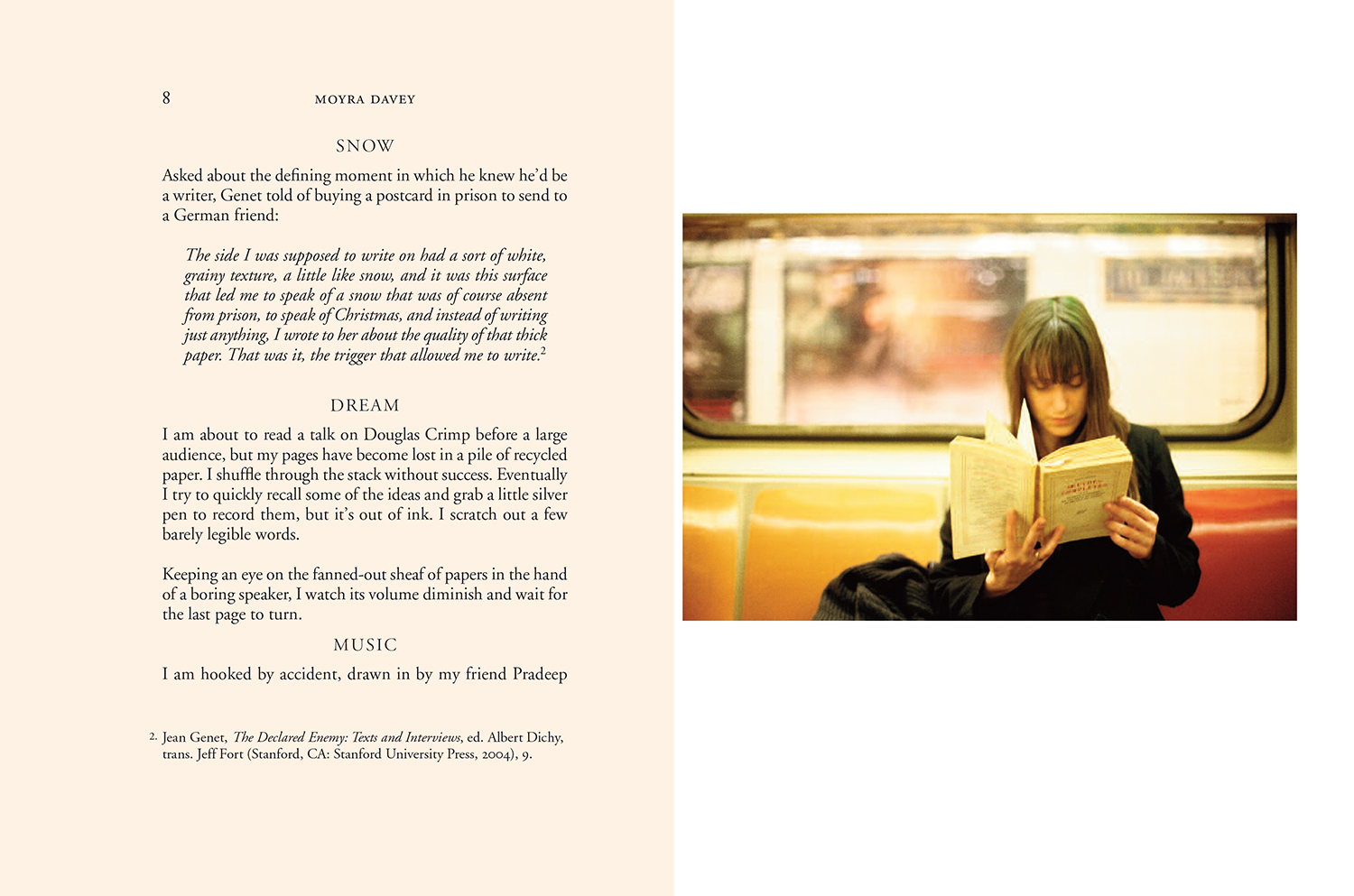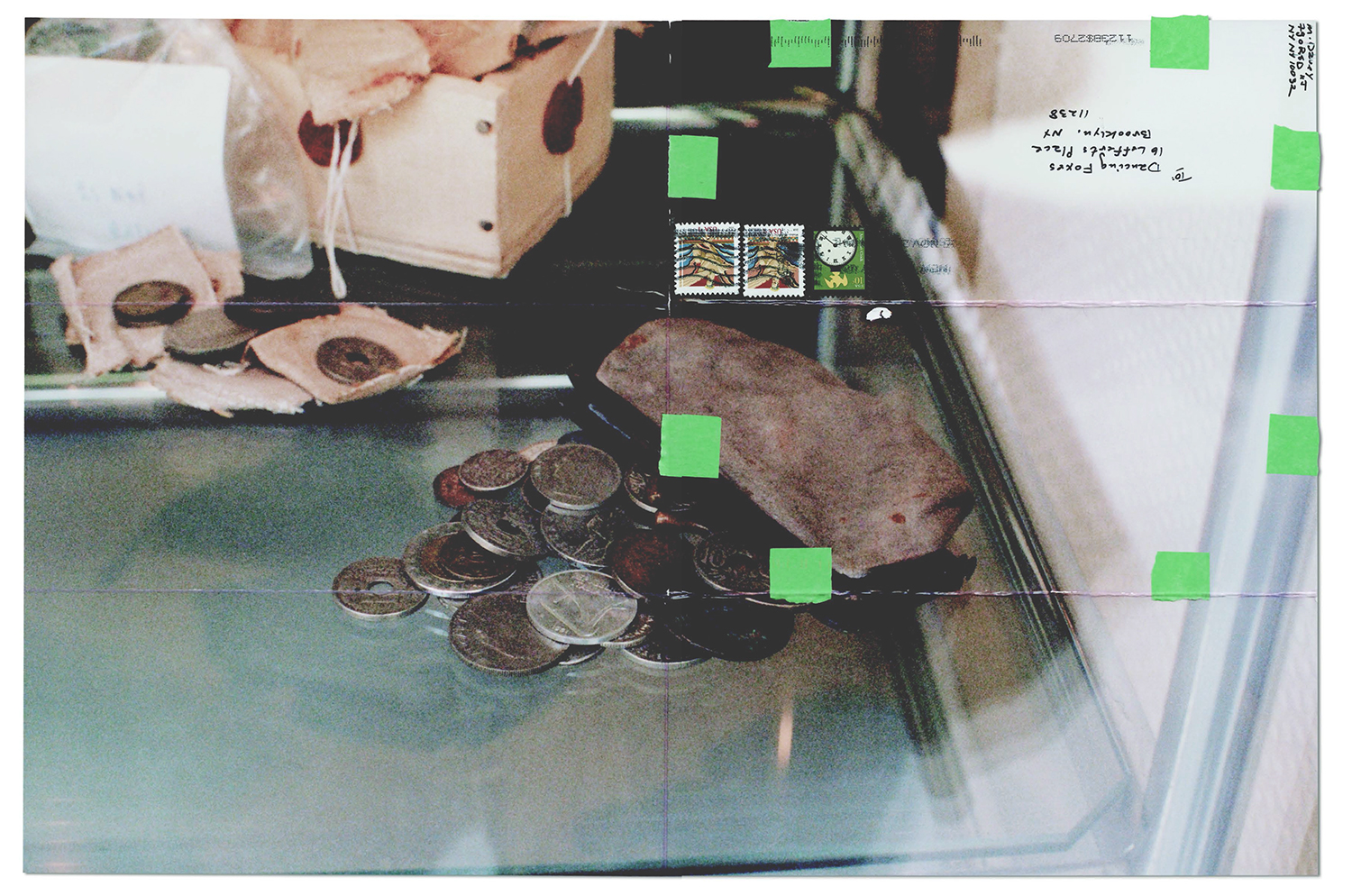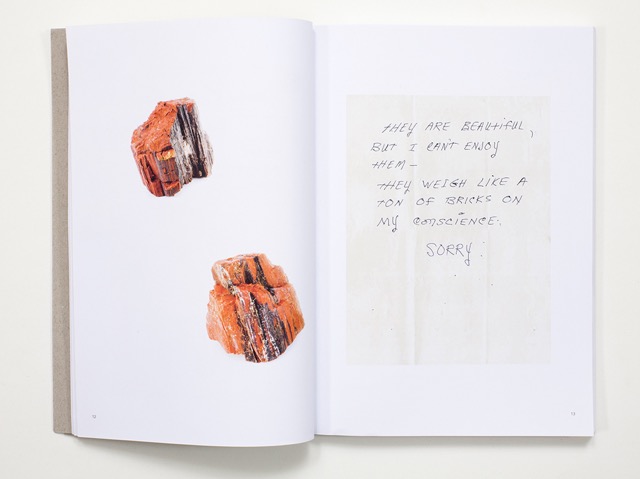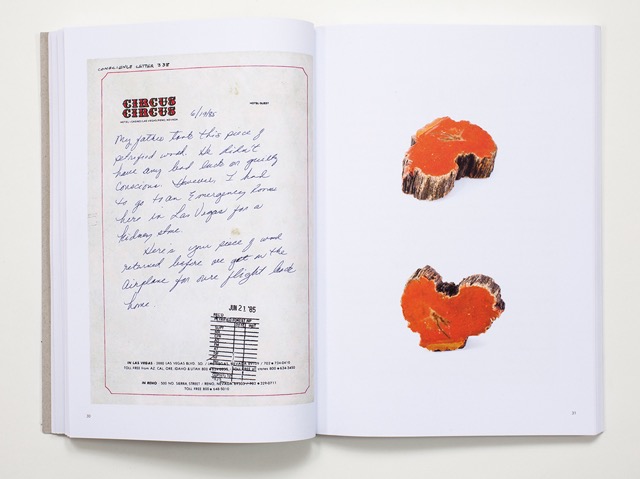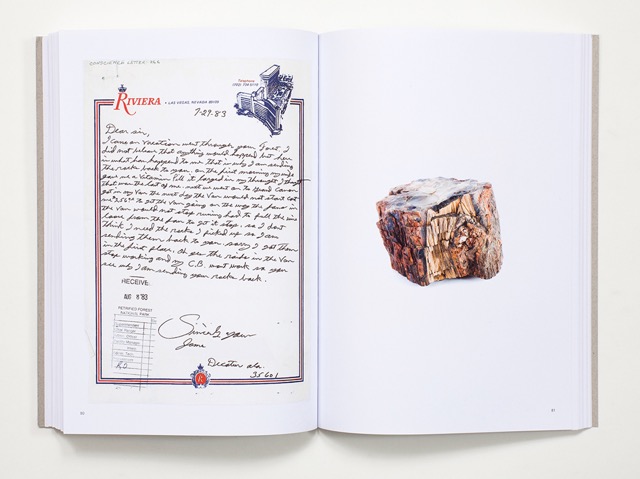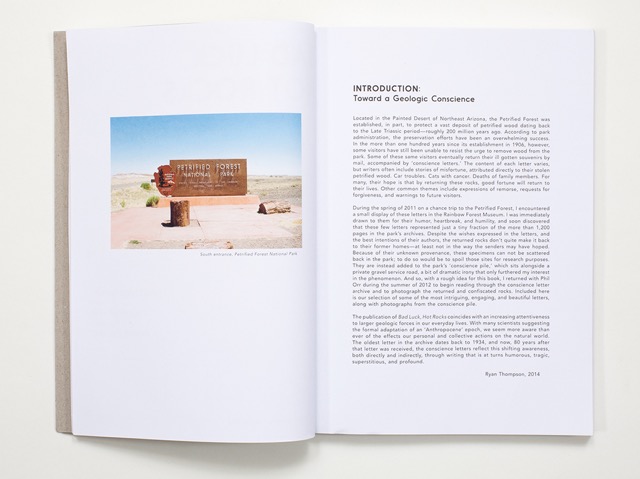This second issue of The Improbable begins with two backlist titles, Emily Dickinson's Gorgeous Nothings (Christine Burgin/New Directions) and Bough Down by Karen Green (Siglio), both published in 2013. Both assemble their own spectacularly singular and private universe through scraps and fragments, in voices that—while often quiet and elliptical—have great force. Front list titles like Caroline Bergvall's Drift (Nightboat Books) also shares some of these characteristics, and Moyra Davey's Burn the Diaries (ICA/Dancing Foxes)—through its own compilation of fragments—addresses what is the evidence of a life. Finally, On Onions by Elad Lassry (Primary Information) and Bad Luck, Hot Rocks (Ice Plant) use particular objects as a lens through which to refract larger questions and emotions. That all of these books belong here, in the space of the improbable, is perhaps not so surprising.
—Lisa Pearson, editor of The Improbable
p.s. And up next in the March issue: The Sad Passions by Veronica Gonzalez Peña reviewed by Tom Flynn (Seminary Co-op, Chicago), Nox by Anne Carson reviewed by Sarah Gagnon (Green Apple Books, San Francisco), The Coney Island Amateur Psychoanalytic Society and its Circle by Zoe Beloff reviewed by Matt Carney (Green Apple Books), Ventrakl by Christian Hawkey reviewed by Kasia Bartozynska (Seminary Co-op) and two Sophie Calle books, including the forthcoming Suite Vénitienne, reviewed by Christina Martinelli from Printed Matter.

